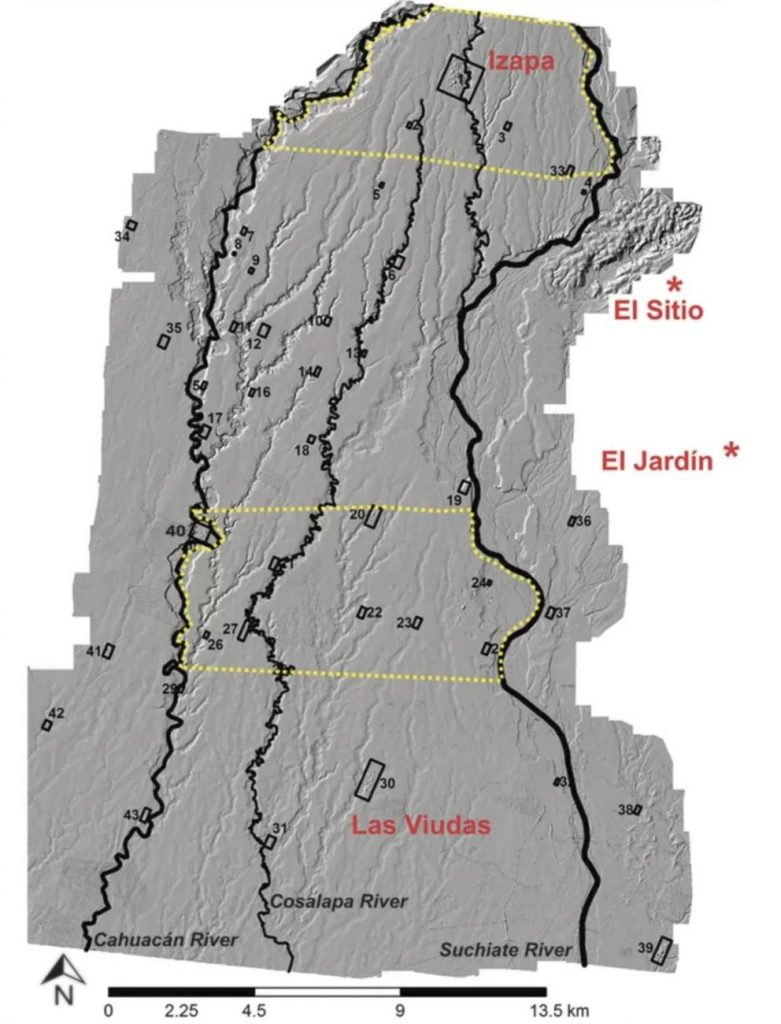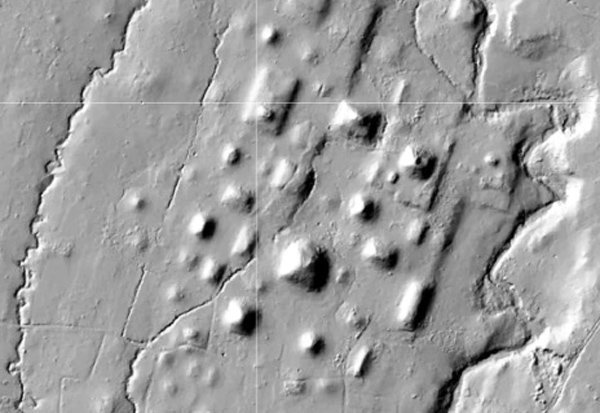Scientists have uncovered a fascinating ancient kingdom in present-day Mexico that seemingly replicated itself throughout its territory. Utilizing LiDAR technology, researchers have revealed the existence of the Kingdom of Izapa, which thrived between 700 B.C. and 100 B.C.
According to Live Science, researchers discovered the remains of 41 villages surrounding Izapa, Mexico during their exploration of Mexico’s rich history. The ancient Mesoamerican kingdom was best known for its capital, Izapa, where archaeologists have found elaborate pyramids, plazas, temples, and ball courts since the 1940s. What was initially thought to be one large city has now been revealed as an entire kingdom comprising dozens of ancient settlements that functioned as mini-kingdom capitals.

The consistency of the towns discovered by experts is considered remarkable. Study leader Robert Rosenswig, an archaeologist at SUNY Albany, stated that the amount of coordination within the kingdom was tremendous. Located in modern-day southern Mexico, the Kingdom of Izapa likely spanned over 170 square miles.
Recent findings indicate that the Kingdom of Izapa was home to more than 40 “satellite” settlements, each deliberately built to mimic its capital. Rosenzweig added that the replication of this structure at lower-order centers demonstrated a sense of polity in the Izapa kingdom, with membership entailing specific periodic ritual activities.
The recent discovery was made possible by LiDAR technology scanning the terrain. Findings published in the journal Antiquity reveal for the first time that the kingdom consisted of more than just its central city. Described as “the largest and best-known pre-Hispanic city in the lowland Pacific region of southern Mesoamerica,” Izapa’s suburban regions had remained hidden from view until now.
Similar patterns have been found in other parts of America, such as the ancient kingdom of El Ujuxte in Guatemala. Rosenswig also drew parallels between Mesoamerican societies and those of Christian Europe, where numerous Catholic sites were found to resemble each other in layout. As experts explain, the intriguing Izapa patterns may not be an anomaly; they had not been examined in this way before.
PLEASE READ: Have something to add? Visit Curiosmos on Facebook. Join the discussion in our mobile Telegram group. Also, follow us on Google News. Interesting in history, mysteries, and more? Visit Ancient Library’s Telegram group and become part of an exclusive group.











